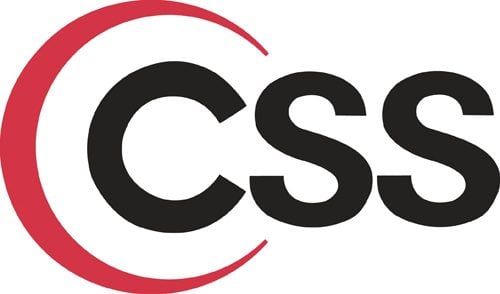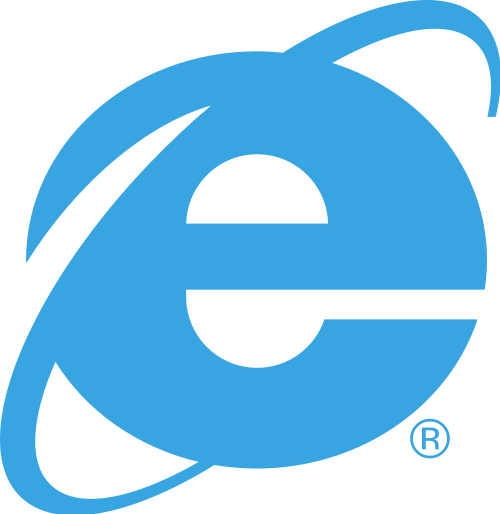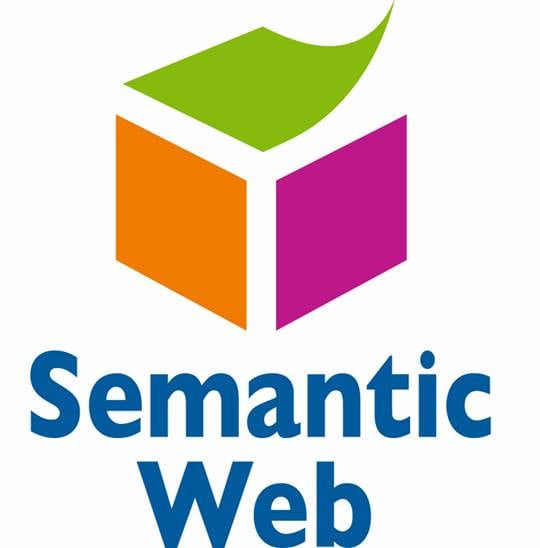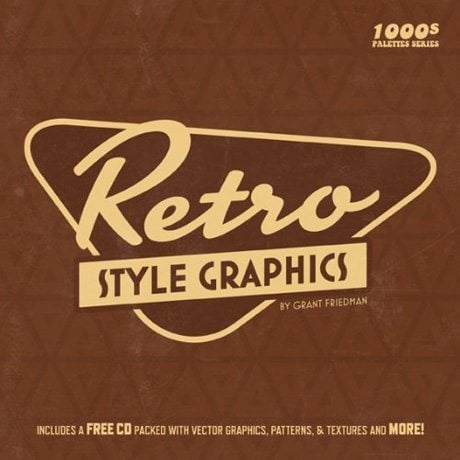Web Design Milestones Since 2000 – Up Till Today
Everyone who feels like writing does not miss a chance to speak about web design trends. We did not miss this chance either. But there is one thing that is not so popular to be spoken about and it's a milestone. The web, i.e. its technological part, and everything that fills it, have walked through a long and winding road to become what it is today.
Some technologies superseded others, and some died to resurface in the past greatness.
In this blog post we are going to mention the most important “historical” moments in web development that turned ugly caterpillar into a beautiful butterfly. We've going to speak about the last decade, starting from 2000 up till...today.
Looking for the best powerpoint presentation templates? There are 550+ ready-made solutions waiting for you.
2000
CSS comes to the arena

This separation improved content accessibility, providing more flexibility and control in the specification of presentation characteristics, enabling multiple pages to share formatting, and reducing complexity and repetition in the structural content.
Somebody may say that CSS was invented much, and he will be right, it appeared in late 90s, but the whole potential of this technology was revealed in 2000s.
The first browser which supported CSS was Internet Explorer 5 (HISTORIC MOMENT)

Flash “Spreads like a plague”

Early to Mid 2000s
JavaScript

Programmers started ditching tables for page layouts using JS. JavaScript was the first attempt to add intelligence to the web. Using it, designers could bring animate pages without using Flash.
In 2000 W3C recommended JS and by 2002 almost all browsers were supporting it.
Firefox faced the web

Mid 2000s
XML

As of 2009, hundreds of XML-based languages have been developed, including RSS, Atom, SOAP, and XHTML. XML-based formats have become the default for many office-productivity tools, including Microsoft Office (Office Open XML), OpenOffice.org and LibreOffice(OpenDocument), and Apple's iWork. XML has also been employed as the base language for communication protocols, such asXMPP.
Semantic Web

The term was coined by Tim Berners-Lee, the inventor of the World Wide Web and director of the World Wide Web Consortium ("W3C"), which oversees the development of proposed Semantic Web standards. He defines the Semantic Web as "a web of data that can be processed directly and indirectly by machines."
Single Page Websites

User Generated Content
Advancements in web design opened the field to everyone. Customized profiles, journaling, blogging, and other forms of social media emerged in 2002, and became mainstream by 2005. An entire industry of jobs was created, mainly to market to the new web users.
Web 2.0
Around 2008 UGC producer-consumers were creating their own environments through interactive instantaneous web design. This operability was made possible due to the sharing nature of social media, which encouraged users to interact with one-another through machines.
Web design was no longer designer-centric: it became a race to provide the most user-friendly and attractive platform for users to implement.
Ajax
Ajax an acronym for Asynchronous JavaScript and XML is a group of interrelated web development techniques used on the client-side to create asynchronous web applications. With Ajax, web applications can send data to, and retrieve data from, a server asynchronously (in the background) without interfering with the display and behavior of the existing page. Despite the name, the use of XML is not required (JSON is often used instead), and the requests do not need to be asynchronous.
Ajax is not a single technology, but a group of technologies. HTML and CSS can be used in combination to mark up and style information.
Late 2000s
HTML5

Social Networks Takeover

- Myspace 2004
- Flickr 2004
- Digg 2004
- YouTube 2005
- Reddit 2005
- Twitter 2006
- Facebook 2006
- Tumblr 2007
- Google+ 2011
- Plus hundreds of other niche networks…
Retro Style Came Back (typography, color, pictures)

Chrome Browser Released

Minimalistic Style

The Raise of Mobile Web and Apps

Mobile platforms evolved and there appeared hundreds of thousands of apps almost for everything, starting from calories counters up to Geiger counters.
Responsive Web Design

Web design innovations will continue to evolve faster than any person can learn. However, with advancements like semantic web, users will no longer need to know everything in order to implement the knowledge of every code and fact on the web. We can definitely say that great things are coming because millions of developers are spending nights and days in front of their screens trying to make our web experience more comfortable and interesting. Stay in touch.
If you feel like we've missed some important milestones feel free to speak about them in the comments section, and we will gladly add them to the blog post.
Don’t miss out these all-time favourites
- The best hosting for a WordPress website. Tap our link to get the best price on the market with 82% off. If HostPapa didn’t impress you check out other alternatives.
- Website Installation service - to get your template up and running within just 6 hours without hassle. No minute is wasted and the work is going.
- ONE Membership - to download unlimited number of WordPress themes, plugins, ppt and other products within one license. Since bigger is always better.
- Ready-to-Use Website service is the ultimate solution that includes full template installation & configuration, content integration, implementation of must-have plugins, security features and Extended on-page SEO optimization. A team of developers will do all the work for you.
- Must-Have WordPress Plugins - to get the most essential plugins for your website in one bundle. All plugins will be installed, activated and checked for proper functioning.
- Finest Stock Images for Websites - to create amazing visuals. You’ll get access to Depositphotos.com to choose 15 images with unlimited topic and size selection.
- SSL Certificate Creation service - to get the absolute trust of your website visitors. Comodo Certificate is the most reliable https protocol that ensures users data safety against cyber attacks.
- Website speed optimization service - to increase UX of your site and get a better Google PageSpeed score.
Get more to your email
Subscribe to our newsletter and access exclusive content and offers available only to MonsterPost subscribers.

Leave a Reply
You must be logged in to post a comment.